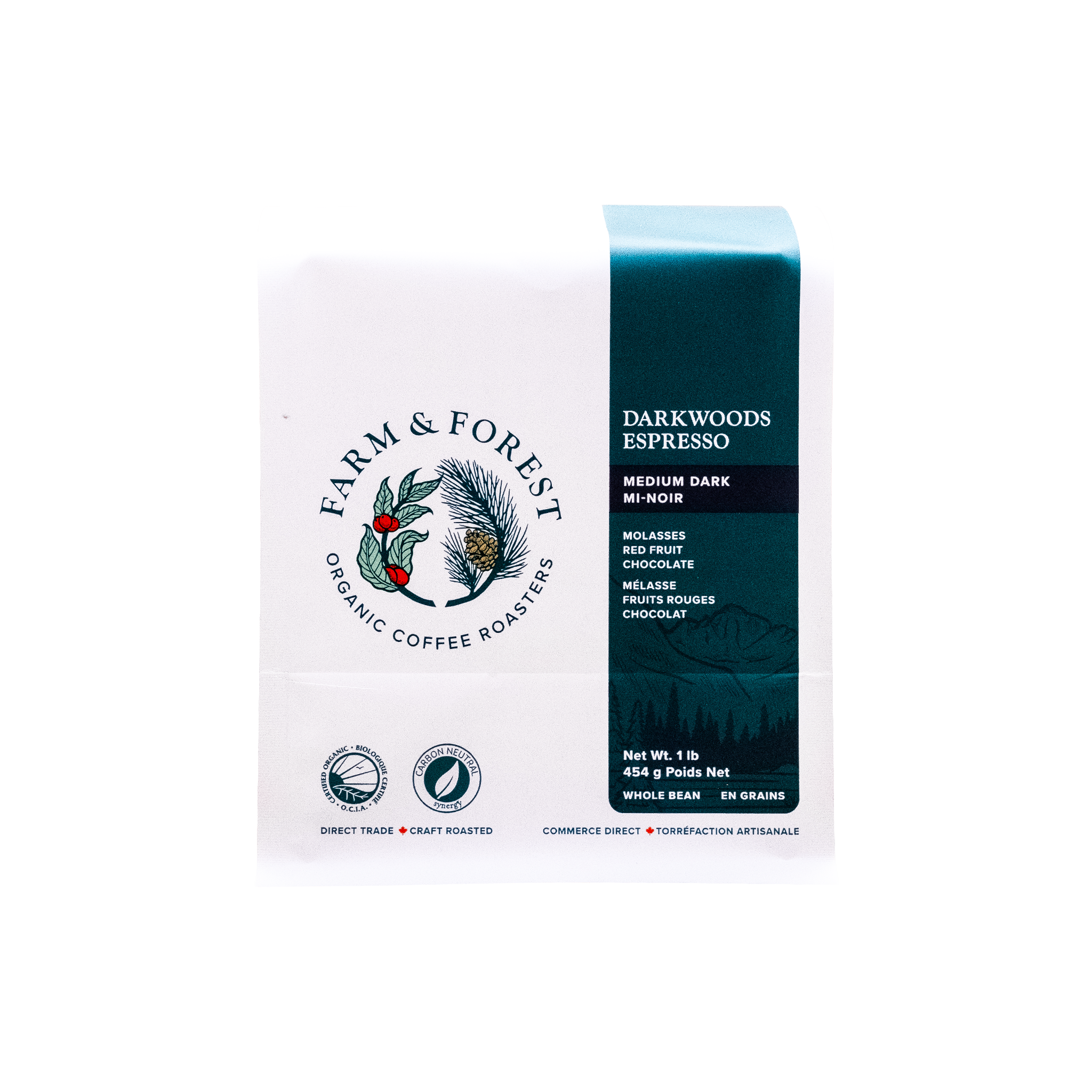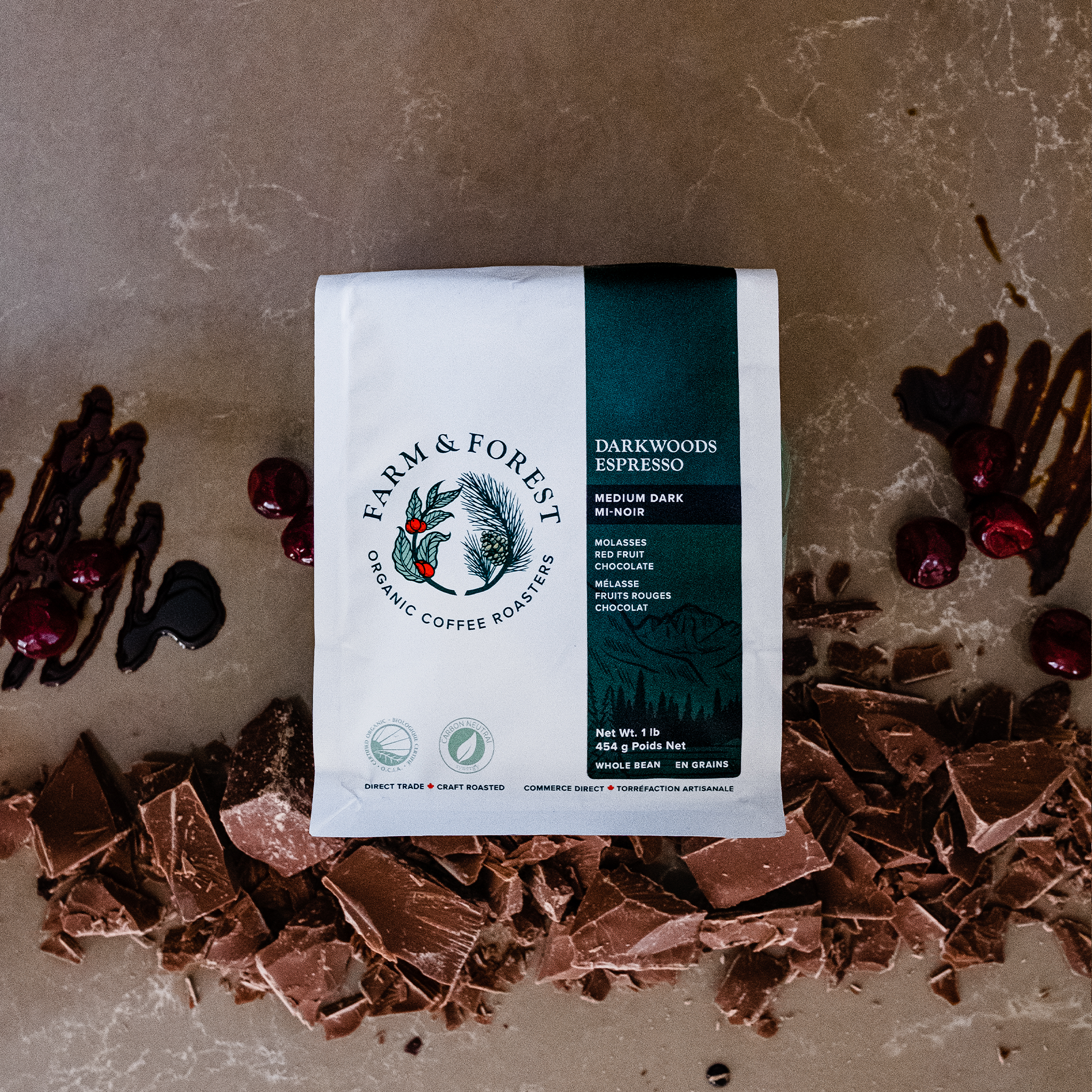Coffee to Water Ratio for Turkish Coffee: The Complete Guide
Turkish coffee is more than just a beverage; it’s a centuries-old ritual and a deeply cultural way of enjoying coffee. Recognized by UNESCO as part of the Intangible Cultural Heritage of Humanity, Turkish coffee stands out for its unique preparation method, unfiltered texture, and the distinctive foam that crowns each cup.
For those looking to recreate this traditional brew at home, one question arises again and again: What is the perfect coffee-to-water ratio for Turkish coffee?
Whether you’re a curious beginner or a specialist coffee enthusiast aiming for precision, this guide covers everything you need to know.
Why the Coffee to Water Ratio Matters
Unlike most modern brewing methods such as pour-over or espresso, Turkish coffee is cooked rather than brewed. The grounds remain in the cup, creating a thick, rich texture. As there is no filtration, every gram of coffee directly impacts flavour, body, and aroma.
The ratio of coffee to water is therefore critical. Too much coffee leads to excessive bitterness and sludge, while too little results in a thin, unsatisfying drink. Getting the ratio right ensures balance, consistency, and that signature velvety mouthfeel.
The Standard Turkish Coffee Ratio
The widely accepted guideline is:
- 1 heaping teaspoon (about 6–7 grams) of finely ground Turkish coffee for every 60 ml (2 oz) of water.
- Single serving: 6–7 g coffee + 60 ml water
- Double serving: 12–14 g coffee + 120 ml water
- Four servings (a full cezve): 24–28 g coffee + 240 ml water
Measuring Coffee and Water Accurately
Specialty coffee drinkers are used to working with scales and precise measurements, and Turkish coffee is no different. Here are a few tips:
- Coffee: Always weigh your grounds for accuracy: 6 to 7 g per serving is ideal.
- Water: Measuring in millilitres helps make it easier, as each traditional Turkish coffee cup holds about 60 ml.
- Consistency: Always use the same scoop, teaspoon, or digital scale to maintain reliable results.
Pro tip: Use filtered water for the cleanest flavour. Tap water with chlorine or minerals may mask the coffee’s delicate notes.
Grinding for Turkish Coffee
The grind size is just as important as the ratio. Turkish coffee requires an extremely fine grind, often described as a flour-like powder. This allows the grounds to suspend in the water and form the signature thick body.
- A Turkish coffee grinder or a high-end burr grinder with a Turkish setting is essential.
- Pre-ground Turkish coffee can also be used, but grinding fresh beans at home gives superior flavour.
Adjusting the Ratio for Taste
While the standard ratio is a solid starting point, you can adapt it based on your preferences:
- For a stronger brew: Use 8 g of coffee per 60 ml of water.
- For a lighter cup: Use 5 g of coffee per 60 ml of water.
-
For a sweeter experience: Add sugar during brewing, not after. The traditional recipes include:
- Sade (no sugar)
- Az şekerli (light sugar, ~½ tsp per cup)
- Orta şekerli (medium sugar, ~1 tsp per cup)
- Şekerli (sweet, ~2 tsp per cup)
Brewing Turkish Coffee Step by Step
- Measure water: Add 60 ml of cold, filtered water per serving to your cezve (Turkish coffee pot).
- Add coffee: Place 6–7 g of ultra-fine ground Turkish coffee per serving into the cezve.
- Add sugar (optional): Stir in sugar now if desired. Do not add later.
- Stir gently: Mix well until the grounds dissolve into the water.
- Heat slowly: Place cezve on low heat. Do not stir once it starts heating.
- Watch for foam: As it heats, foam will rise to the surface. Just before it overflows, remove from heat.
- Pour carefully: Distribute the foam evenly among cups, then pour the remaining coffee slowly.
- Rest and enjoy: Allow 1–2 minutes for grounds to settle at the bottom before sipping.
Common Mistakes to Avoid
- Using boiling water: Always start with cold water; boiling destroys the foam.
- Stirring after heating: Stirring breaks the foam and affects texture.
- Wrong grind size: Anything coarser than powder will ruin the authentic experience.
- Not measuring: Guesswork leads to inconsistent results.
Final Thoughts
The ideal coffee to water ratio for Turkish coffee is 6–7 g per 60 ml of water, but the magic lies in the details, grind size, brewing technique, and your own taste preferences. Mastering these elements will allow you to enjoy one of the world’s most iconic coffee traditions in your own kitchen.
Frequently Asked Questions (FAQs)
How much coffee per cup for Turkish coffee?
The standard is one heaping teaspoon (6–7 g) of coffee per 60 ml cup of water.
Can I use espresso grind instead of Turkish coffee grind?
No. Espresso grind is too coarse. Turkish coffee requires an ultra-fine, flour-like grind.
How do I make stronger Turkish coffee?
Increase the coffee to 8 g per 60 ml water. You can also reduce water slightly for more intensity.
Do I add sugar before or after brewing?
Always add sugar before brewing—Turkish coffee should never be stirred after heating begins.
How many calories are in Turkish coffee?
Plain (sade) Turkish coffee has almost zero calories. With sugar, it ranges from 15–30 calories per cup depending on sweetness.












